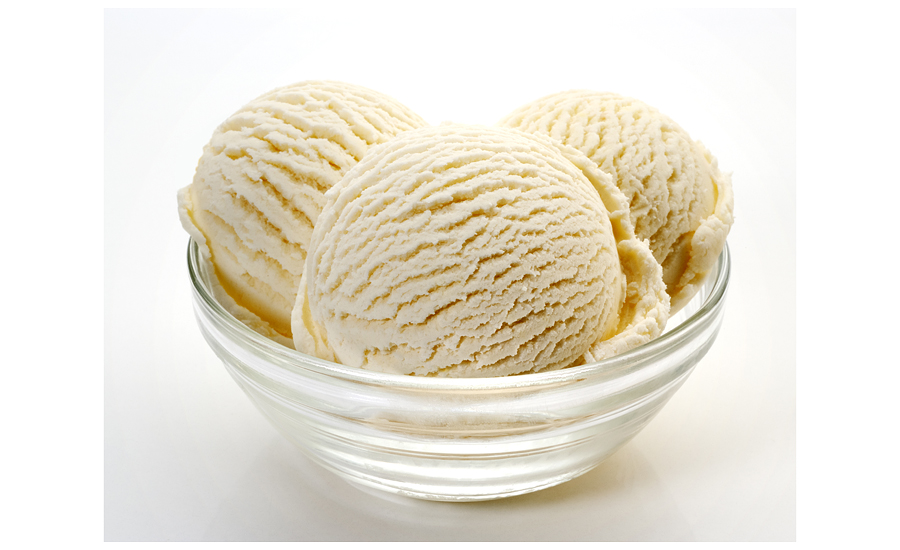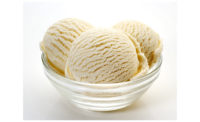The organic ice cream market has gained a renewed traction thanks to the latest buzz created by the Japanese scientists with regards to introducing ice cream that “doesn’t melt.” As per sources, this ice cream retains its original shape and taste even at a temperature of 82.4°F. This example sheds light on the fact that companies operating in the organic ice cream market need to be innovative with ingredients and flavors to uphold sales in a fiercely competitive landscape.
Rising health consciousness among consumers has created higher demand for natural low-fat or fat-free ice cream. In 2016, the global ice cream spending was recorded as being worth $55 billion and ice cream consumption surpassed 23 billion liters. United States and China represented the major regions in the organic ice cream market with the largest consumer base, and the trend is likely to continue with both these regions foreseen to be major stakeholders in this fraternity. Sweden, Australia, Italy, New Zealand, United States and Denmark are the major countries consuming the highest per capita/liter of ice cream.
The trend of maximizing the nutritional credentials in ice cream by increasing the content of organic ingredients continues to drive organic ice cream industry share. Moreover, various advancements in cold chain infrastructure, storage facilities and refrigerated transport systems have fostered the growing trend of low-fat and organic ice cream across the globe. Valued at $850 million in 2016, the organic ice cream market is expected to reach $1.2 billion by 2024, according to a report published by Global Market Insights, Inc., Shelbyville, Del.
Vanilla continues to be the flavor of choice in both take home and artisanal ice cream product types, as it’s the most versatile and exhibits profound blending with bakery desserts, drinks and toppings. In 2016, the vanilla organic ice cream market accounted for more than 29% of the total demand. Growing demand from families for multi-serve desserts in gatherings and special occasions have augmented the demand for take-home ice cream products. Having contributed to over 50% of the organic ice cream industry share in 2016, take home is likely to dominate the overall product demand.
Organic chocolate flavor is also gaining popularity, on account of rising consumer awareness toward health benefits of natural cocoa. Butter pecan, strawberry, mint chocolate and black raspberry are among the other key flavors contributing to organic ice cream market revenue.



